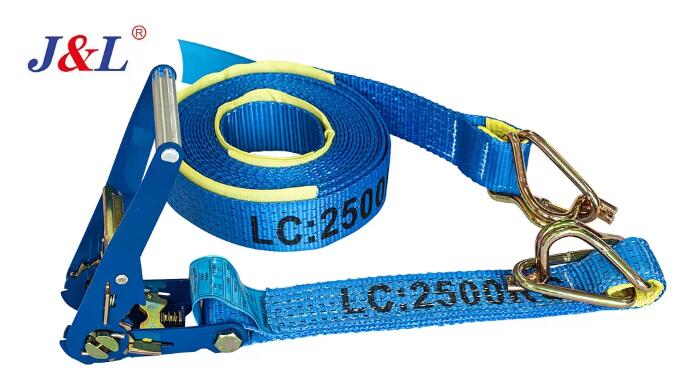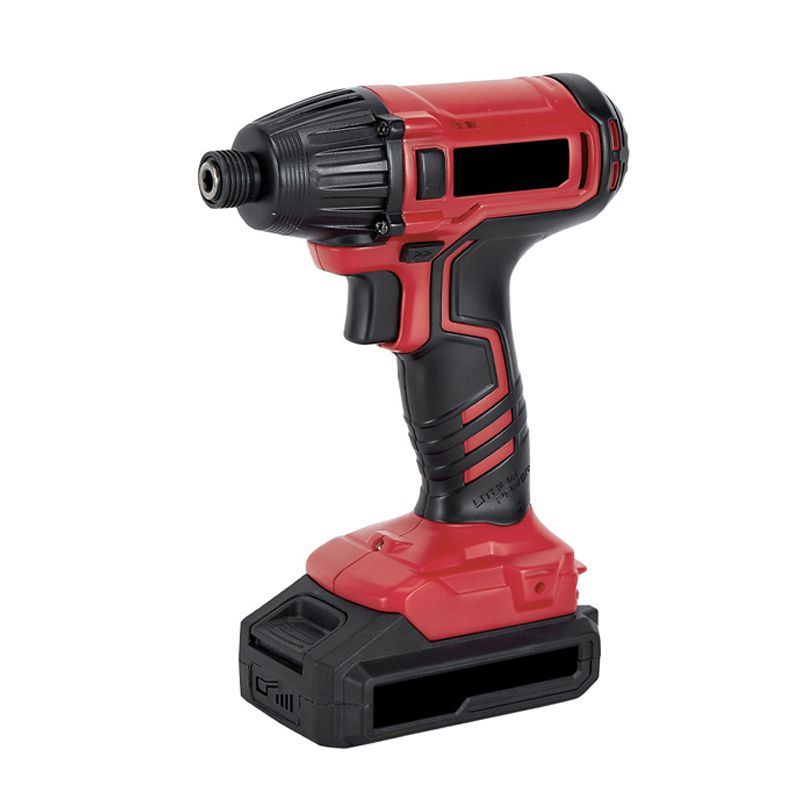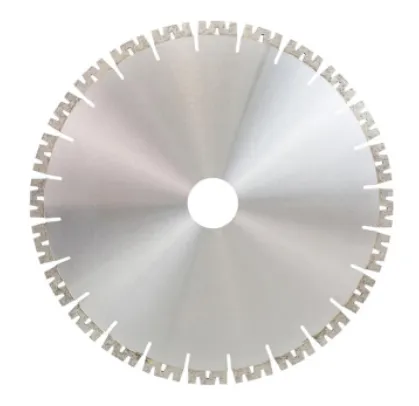A Step-by-Step Guide on How to Use Ratchet Straps
Ratchet straps, also known as tie-down straps, are essential tools for securing loads during transport. Whether you're hauling goods in a truck or securing items on a trailer, knowing how to use ratchet straps correctly is crucial for both safety and efficiency. Let's walk through a step-by-step guide to ensure you're harnessing the full potential of these versatile tools.
Step 1: Inspection of the Ratchet Straps
Before you begin, inspect the ratchet straps for any signs of damage or wear. Check the webbing for cuts, fraying, or abrasions, and examine the ratchet mechanism for proper functioning. If you identify any issues, replace the strap to ensure the reliability of the tie-down.
Step 2: Choose the Right Ratchet Strap for the Load
Select a ratchet strap that matches the size and weight of the load you are securing. The working load limit (WLL) indicated on the strap provides guidance on the maximum load the strap can handle. It's crucial to choose a strap with a WLL that exceeds the weight of your load.
Step 3: Attach the Ratchet Strap to Anchor Points
Identify suitable anchor points on the vehicle or trailer to secure the load. Anchor points should be robust and capable of withstanding the force applied by the ratchet straps. Avoid attaching the straps to weak or unstable points that may compromise the integrity of the tie-down.
Step 4: Thread the Ratchet Strap
Thread the loose end of the ratchet strap through the mandrel of the ratchet mechanism. Pull the strap through until there is enough tension to hold the load securely. Ensure that the strap lies flat and is not twisted or tangled.
Discover the Safety Benefits of Non Sparking Beryllium Copper Hammer
Unleashing Power: The Ultimate Liquid Booster Pump
Everything You Need to Know About Non-Sparking Adjustable Combination Pliers
Is vacuum limiting valve testing worth the investment?
Top Non-Sparking Ratchet Wrench: European Type Guide
Top 5 Tips for Efficient Extinguisher Filling Process?
Which Non Sparking Ratchet Wrench with Retractable Handle offers the best value for money?
Step 5: Tighten the Ratchet Strap
Operate the ratchet mechanism by raising and lowering the handle. This action tightens the strap around the load. Continue ratcheting until the strap is snug and the load is securely fastened. Be cautious not to over-tighten, as this may damage the strap or the load.
Step 6: Secure Excess Strap Length
Once the ratchet strap is tightened, secure any excess length of strap to prevent it from flapping in the wind during transport. Some ratchet straps come with built-in mechanisms or loops for this purpose. Alternatively, you can use Velcro straps or other means to manage excess length.
Step 7: Perform a Final Check
After securing the load, perform a final check to ensure that the ratchet straps are properly tensioned and the load is securely fastened. Confirm that all anchor points are secure and that there are no visible signs of slippage or loosening.
Step 8: Removal and Storage
When you reach your destination and it's time to unload, release the tension on the ratchet strap by opening the ratchet mechanism. Carefully unwind the strap from the load and store it in a clean, dry place. Inspect the strap again for any damage before storing it for future use.
Conclusion: Safely and Effectively Securing Your Load
In conclusion, using ratchet straps involves a systematic process to ensure the safety and security of your load during transport. Regular inspection, proper selection, and careful application of these versatile tools contribute to successful and efficient tie-downs.
For a wide selection of high-quality ratchet straps or to explore our range of cargo securing solutions, please don't hesitate to contact us. As your dedicated cargo securing equipment supplier, we are committed to providing top-notch products and expert guidance to meet your specific needs.
How do I choose the right circular saw blade for my project?
The Rise of Synthetic Fiber Brushes: A Revolution in Painting
Enhancing Surfaces with Wood Graining Tools: A Masterstroke of Artistry
What are diagonal pliers best used for?
What are the applications of TCT tools?
Exploring the Efficacy of Patterned Paint Rollers
How much is a copper hammer?
159
0
0
Related Articles
-
When was the pry bar invented?
Tools have played a vital role in human civilization, enabling us to build, repair, and create.
244
0
0
-
What is a cordless drill best used for?
Cordless drills have become an indispensable tool in the world of DIY and professional construction.
230
0
0
-
209
0
0
-
223
0
0
-
What is the difference between milled tooth bit and insert bit?
What is the difference between milled tooth bit and insert bit?
237
0
0
-
Which Factors Drive the Surging Tricone Drill Bit Prices?
Google Hot Topics: Which Factors Drive the Surging Tricone Drill Bit Prices?
227
0
0
-
219
0
0
-
Which Steel Body PDC Bit Manufacturers Offer the Best Prices and Quality?
Which Steel Body PDC Bit Manufacturers Offer the Best Prices and Quality?
216
0
0










Comments
All Comments (0)